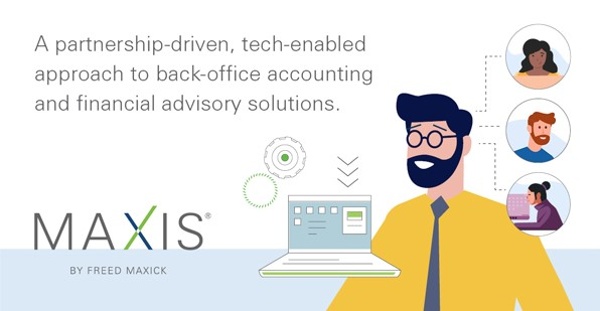This one shift can change the way you view succession
If you get hit by the proverbial bus tomorrow, what happens to your company? Is the organization prepared to continue ‘business as usual’? Do others have access to intellectual property, accounts, documents, and relationships?
For a myriad of reasons, business owners and leaders in private companies notoriously have a hard time planning their exit. In one family business succession planning study, ”Only one-third (34%) of U.S. family businesses say they have a robust, documented and communicated solution in place.” Another study concluded that “8 in 10 entrepreneurs blame this oversight on being too preoccupied with managing their company’s day-to-day operations.”
Future Proofing Your Business with a Succession Plan
A mistake often made is that they tend to think of succession as a plan and not succession as a strategy. What’s the difference? A strategy is an intentional action deliberately taken to achieve the established objectives of the organization. It is fluid in its ability to morph, shift, and change. Strategies are long-term goals crafted by the owner and other leaders of the organization.
A plan is the methodologies, systems, and programs that are implemented to address the what, when, who, and how much of the strategy. The plan is responsible for identifying, considering, and resolving any obstacle(s) along the way. A plan tends to be more static.
Here’s a simple example. The succession strategy might be to move all records, correspondence, and tasks to the cloud. The plan to streamline processes might include 1) transitioning customers to a customer relationship management tool (CRM), 2) transferring inventory to a management system, and 3) automating manual and repetitive tasks, like billing and payroll.
Know Your Value
Regardless of whether you call it a business succession plan or a business succession strategy, it's a critical component to future-proofing your organization. Understand first and foremost that it should do more than identify future ownership. It should include:
- A valuation will determine fair market value of the business, any intellectual property, and real estate.
- Due diligence to provide assurance that accounting, legal, HR, and IT (including security) assets are updated and stable.
- An assessment of investments and vehicles for help in understanding the overall financial health of elements like pension plans.
These analyses will obviously change over time as the organization grows, evolves, and increases in value, but having a starting point can serve as an appropriate benchmark for a smooth transition of ownership and for business continuity.
From a tax perspective, reviewing ownership structure, manual and automated processes, financial reports, profit and loss reports, balance sheets, cash flow analysis, budgets and forecasts, and bank (and other) loans and debt to assess impacts to the organization and its ownership can support a more favorable stance.
Cost of Succession: Succession Planning Tax Strategy
Enjoying the results of their hard work with financial security is the retirement goal of every executive. But there are significant tax implications to changing ownership, so structuring your succession tax strategy when exiting the business is paramount to having a financially sound future. Hence, strong tax counsel to strategize and leverage tax ramifications is necessary while the business is in transition, and after.
A comprehensive business succession plan should support not only the transaction but the transition. Revisiting and updating it will ensure the factors, players, and goals remain consistent with your intended outcome.
The cost of poor succession planning can be very high. MAXIS and the experienced professionals at Freed Maxick are here to support your journey every step of the way. Schedule a complimentary discussion to determine how MAXIS can help. Please contact Alexis Becker directly at 716-332-2667 or alexis.becker@freedmaxick.com.

